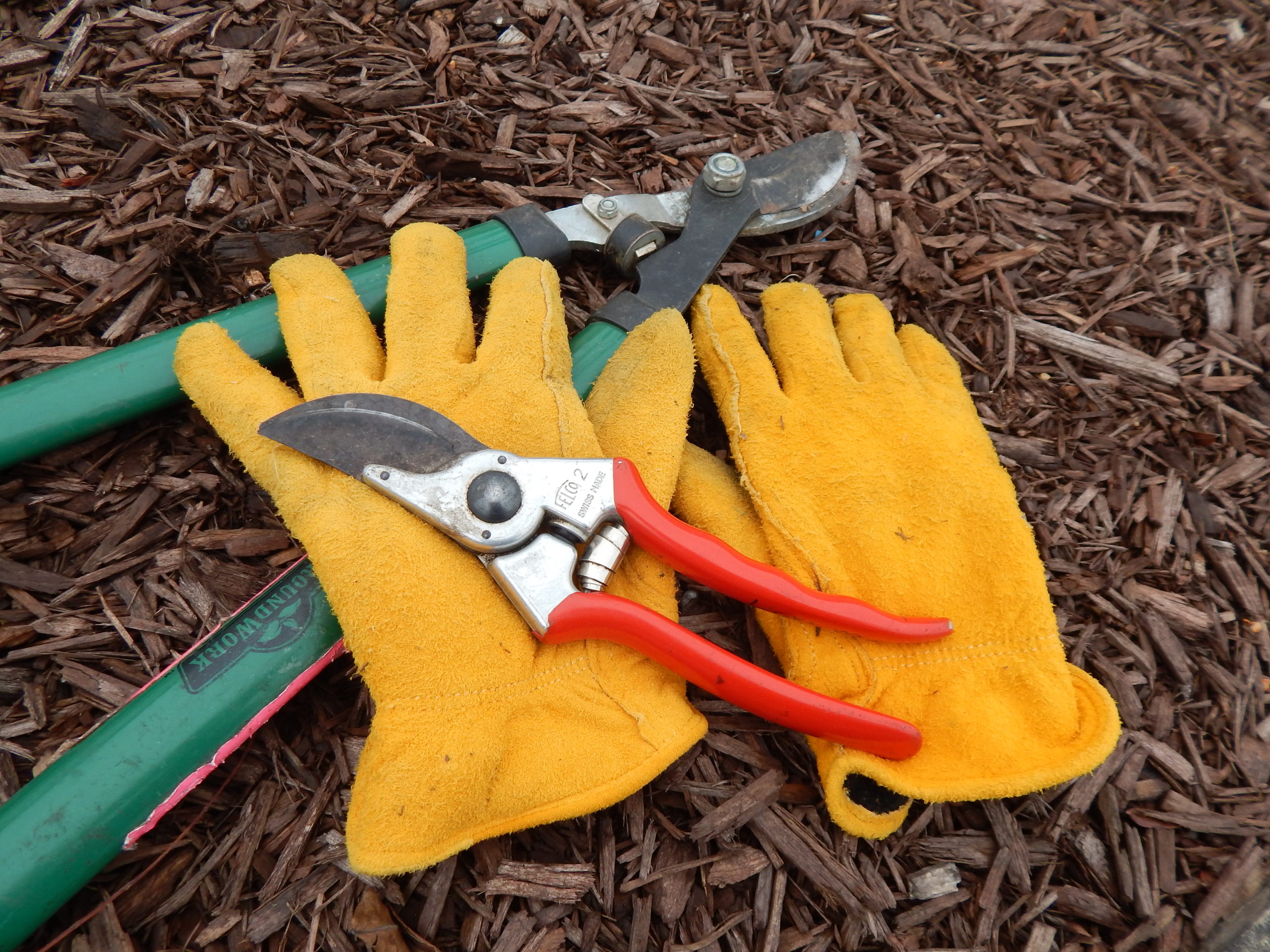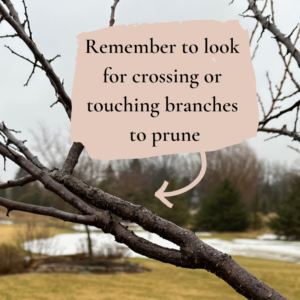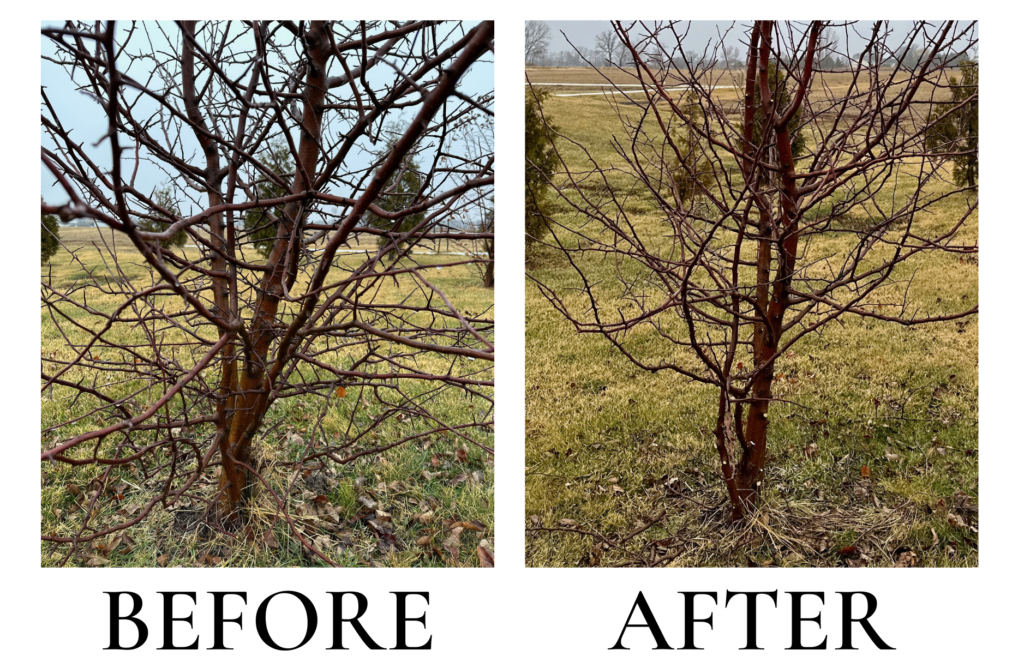

It may not be spring yet, but there is still work that can be done outdoors if you don’t mind the cold!
Our Garden Center Manager and resident expert, Mike, sat down with me to discuss dormant pruning. Mike has been with Piala’s for over 10 years and received his Bachelor of Science degree in Horticulture Production from the University of Wisconsin – Madison.
What is dormant pruning?
Dormant pruning is the practice of pruning shrubs or trees while they are dormant. Pruning at this time can be more aggressive and sets the plant up for more vigorous growth come spring. Removing excess branches in dormancy allows the new growth to fill in the open spaces without creating a branching pattern that is too dense, leading to disease or growth issues.
Why prune in winter?
There are no leaves and no insects in winter. When the leaves have dropped, you can clearly see the branches and pattern really well. With no insects, there is less risk of diseases migrating or pests feeding on excess sap.
For appropriate species, dormant pruning causes less stress to the plant. During dormancy, plants are not moving fluids or sugars up and down the trunk, so you have less sapping and dripping. BUT, there are exceptions! Birch are typically pruned in late summer/early autumn to allow the cut time to heal. If you dormant prune a birch tree, it might cause excess sap in the spring. Spring blooming plants should be pruned after they flower, unless there’s an injury or structure problem.
When is the best time to dormant prune?
Post autumn leaf-drop through early March is the best time for many Wisconsin plants. The early March time frame depends on the weather at the time. Make sure it is still cold enough that your plant is still dormant! Consistent temperatures below 40 degrees is an ideal time to prune.
What do I prune?
There are three things you’re looking for when it comes to dormant pruning:
1. Any diseased, damaged, or dead branches that need to be removed.
2. Branches that cross each other or are rubbing against one another. Make a decision on which one to keep. Alternatively, you can use a spacer to force them apart. Remove branches that are growing toward the center of the tree to increase air flow and light penetration. This also reduces the likelihood of developing crossing branches.

3. Plant Form. You do not want the crotch angles parallel to each other- the ideal is a 45-degree angle from the trunk. You may also remove extraneous branches that are growing straight up (which is called a “sprout”) or straight down. Maintain branch spacing along the main trunk and side branches of about 4-6” inches between parallel branches. Removing excess small branches from the base of mature shrubs also increases air flow through the canopy, which reduces fungal disease development during wet spring weather.


Which plants are the best candidates for dormant pruning?
Almost anything that needs to be pruned can be pruned. Notable exceptions: Do NOT prune plants that bloom in spring (Lilac, Forsythia, Magnolia, etc.)
Keep in mind that when you prune spring bloomers you will be removing the buds on that branch, decreasing the potential for flowers this year. If there is a problem with the plant, fixing it sooner is better than waiting.
Common plants to dormant prune include: Viburnum, Dogwood, Rose bushes, Cotoneasters, ornamental and shade trees (Maple, Oak, Locust, Elm, Crabapple, Serviceberry and Pear).
Any other helpful tips or tricks when it comes to dormant pruning?
If you have enough space for a bird to fly through without changing direction after pruning, you’ve done it right.
If your tree still looks pretty after you’ve pruned it, you didn’t prune it enough. It may look awkward or gangly, but the beauty is that they will grow new branches in to fill out the skeleton that remains after you’re done doing a thorough dormant pruning.
Remember to clean your pruning shears! It is important to sterilize your tools to prevent spreading disease. At a minimum, sterilize before moving on to another plant. Ideally you would want to sterilize after each cut to prevent spreading disease. The best way to sterilize is to use a 10% bleach solution.
Retail Hours
Sun: 10:00am - 3:00pm
Mon: CLOSED
Tue: 9:00am - 6:00pm
Wed: 9:00am - 6:00pm
Thu: 9:00am - 6:00pm
Fri: 9:00am - 6:00pm
Sat: 9:00am - 4:00pm